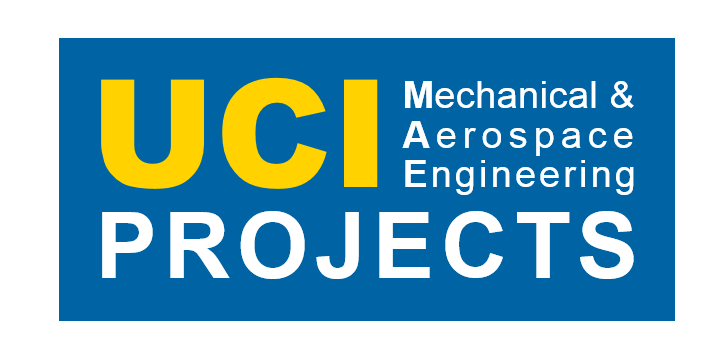Every creative project contains intellectual property that is owned by individuals, entities, or agents. For student projects, there are three general ways that intellectual property is handled. Specifics for each of these three situations can vary and need to be worked out on a case-by-case basis. It is important to reach an understanding of how intellectual property will be handled from the outset. It is also critical to re-visit intellectual property agreements if contributions by team members or advisors change.
The following are descriptions of the 3 general ways that intellectual property is handled.
- The students own all the intellectual property. Advisor (internal or external) contributions are educational process and therefore the advisors (and university) do not have claim to the intellectual property produced by the student (class) project. Students may still use university facilities and university funds as long as they are used for class/teaching purposes.
- When advisors makes a significant contribution to the intellectual property that goes beyond educational process (i.e., included creative contributions that are not solely intended to by for educational purposes), then the advisor(s) and the advisor(s) employers own part of the intellectual property. The students may still own part of the intellectual property. The university’s Invention Transfer Group (ITG) needs to be involved in writing disclosure agreements that all parties sign.
- For industry projects, the intellectual property is owned by the company. Students may be entitled to some of the IP, depending on the initial agreement between the company and the students.
